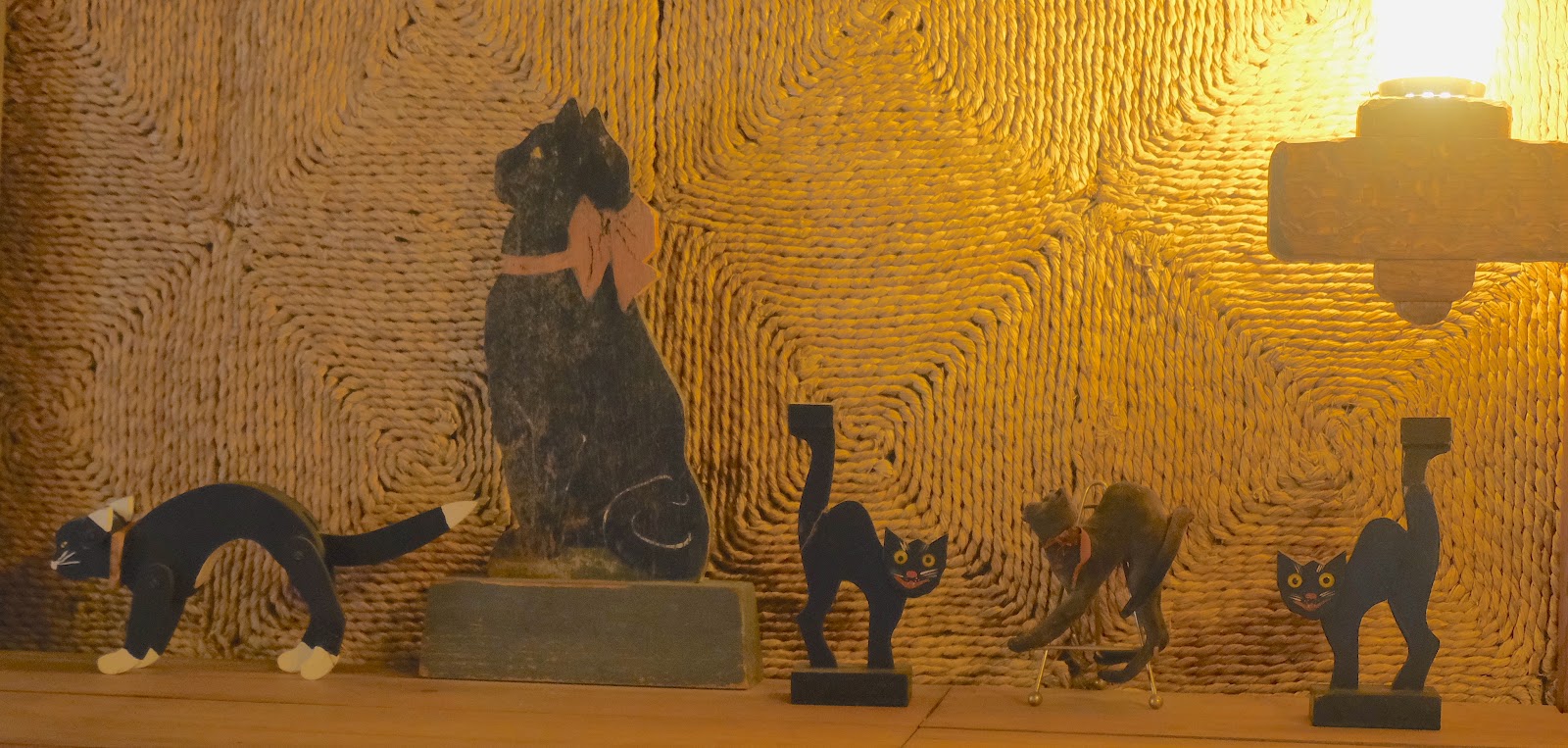East Haddam, Connecticut is a place that blurs the line between a lived-in settlement and a theme park. Even its entrance is dramatic, especially if you approach from the west side of the Connecticut River. The river is picturesque from the Route 9 approach, and the crossing is a 900-foot-long swing bridge. On a busy boating day, plan on a 20 minute wait for sailboats to clear out.
Once in East Haddam you are immediately dazzled by the 19th century wedding cake-like Goodspeed Opera House. It is now home to a musical theatre that has attracted Tony Award winners. If you don't want to shell out for a play, a $5 ticket will get you a tour of the Goodspeed. A paddle wheeler used to sit on the riverside, but I'm told it has been sold.
East Haddam is not on Connecticut's Gold Coast, but it feels like it could be a distant suburb. For a lot of retail diversity you need to head toward Hartford; East Haddam is strictly upscale gift shops and antiques–unless you have a pretty expansive view of a “country” store like the one situated at Goodspeed Station. Two libraries, a golf club, a wallet-stretching restaurant (Geiston House), a nearby winery, and graceful homes make up the town proper. Former U.S. Senator Christopher Dodd hails from there, as does–believe it or not–Zippy cartoonist Bill Griffith. Several other notables have called it home, but one stands above the rest.
East Haddam was once the dwelling place of actor/playwright William Gillette ( 1853-1937 ). Before moving down the river, Gillette was raised in the Nook Farm section of Hartford also occupied by Harriet Beecher Stowe and Mark Twain. Gillette appeared in several Twain dramatizations, but was best known for portraying Sherlock Holmes on stage more than 1,300 times and once in a 1916 silent film. Most of what you associate with Holmes–deerstalker hats, pipes, dressing gown, violin–was popularized by Gillette. Even Arthur Conan Doyle thought Gillette brought more color to Sherlock Holmes than his own novels.
Still, Gillette might easily have become a famous-long-ago figure were it not for an impressive and imposing pile of rocks he left in the Hadlyme section of East Haddam: his home, Gillette Castle. He never called it that, but it's easy to see how it acquired its nickname. It sits atop an outcropping that towers high above the Connecticut River near where a ferry once ran between Hadlyme and Haddam. The river is majestic at this site as it broadens before emptying into the into Long Island Sound at Old Saybrook, just 20 miles distant.
Gillette made enough money that he could afford to live on several fantasy houseboats before his home was finished in 1919. Alas, he never got to share it with his beloved wife Helen (née Nichols), who died in 1888. Gillette was crushed and never remarried, but his home became a place to entertain his many friends, including President Calvin Coolidge and his wife Grace.
Gillette also loved to tinker and had impressive engineering skills. He designed and helped build a 3.6 mile miniature train to the ferry dock. He also handcrafted all of the wooden locks in the house, each one with a different puzzle-like unlocking mechanism. Because Gillette lived there during Prohibition, he also built a disappearing bar in case the place was ever raided. For his amusement he located a strategically placed mirror so he could watch and laugh from a balcony as his guests tried to figure out how to unlock it. Add a solarium, a strategically placed new invention–a gramophone–and medieval trappings throughout. There's also a lot of cat bric-a-brac on available surfaces. Gillette adored felines and kept a small army of live specimens on hand as well.
Today Gillette Castle is part of a state park. Ticketed guided tours take you inside and should not be missed. East Haddam is well worth a visit even if you do need to have to cross the river in search of cheap nourishment!
Rob Weir





















